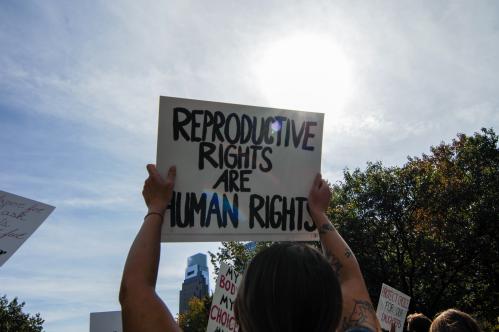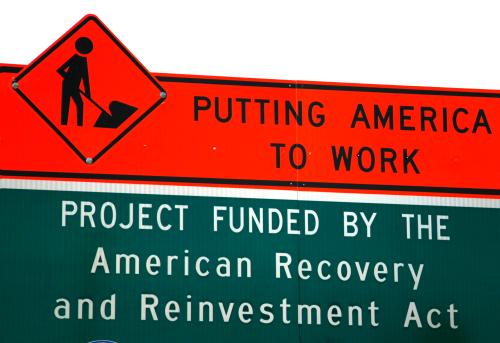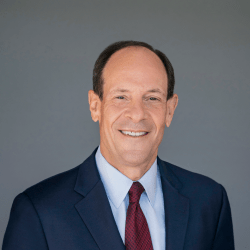The leak of Supreme Court Justice Alito’s draft opinion was an egregious breach of trust that damages the Court. Ultimately, the most important aspect of this incident will be the final opinion itself, and its impact on Roe v. Wade. But whatever one thinks about the merits of the draft opinion, the leak undermines the integrity of the Court and public trust in it.
Justice Roberts’ statement after the leak rightly called the leak a betrayal and an affront to the Court. He also directed the Marshal of the Court to launch an internal investigation into the source of the leak.
Unfortunately, the Marshal’s office does not seem to have the experience or expertise in this type of investigation. The relatively new Marshal, Colonel Gail Curley, is a veteran Army officer and lawyer. As described in a Court press release announcing her appointment last year, the Marshal serves “as the Court’s chief security officer, facilities administrator, and contracting executive, managing approximately 260 employees, including the Supreme Court Police Force, which provides security for the Justices, Court staff, visitors, the building, and surrounding grounds. [The Marshal will] call the Supreme Court to order in argument sessions, maintaining order and decorum during Court proceedings.”
But the Marshal’s office does not conduct these types of sensitive leak investigations. And the Court does not appear to have a cadre of seasoned investigators who handle complex investigations regularly. While Chief Justice Roberts’ statement provided no details on how the investigation would be conducted, according to press reports he has rejected suggestions that he ask for investigative aid from the Department of Justice (DOJ) or the FBI.
This situation is why I argued in an op-ed in the Washington Post in January 2022 that the federal judiciary needed an experienced, professional, permanent internal investigative office—an inspector general. I noted that, like the federal judiciary, other institutions such as the DOJ and the FBI had initially resisted the need for an inspector general, but over time these organizations came to recognize the value of an inspector general to handle sensitive investigations.
The same applies to the judiciary. Any large institution, even the judiciary with its focus on ethics and the rule of law, inevitably faces problems.
Unfortunately, that big problem has arrived, even sooner than expected. And the Court is not well positioned to address it.
In particular, leak investigations are notoriously difficult to solve. I supervised them as the inspector general of the Department of Justice and the acting inspector general of the Department of Defense.
Initially, when we were informed about a particular leak, we would be told that the universe of people with access to the leaked information was very small—only a few individuals—and that the leaked material had been closely held. Invariably, when we probed, the universe of people who had access to the information expanded exponentially. The actual universe was not only the few people in the key meeting or those who had worked directly on the leaked document. Rather, many other people had access to the leaked information or the document, from additional co-workers, to office staff, to computer administrative staff, to family and friends of those working on the matter, even to people who passed through the office.
In addition, while it was sometimes possible to ascertain how many people, and who, had access to a document and also had contact with the reporter, we were usually unable to prove that a specific contact with the reporter led to the leak. Absent an admission or careless leaker who left tell-tale clues or who used technology that could be scrutinized to send the document, sufficient evidence to solve the leak was rare. It was not impossible, but it was unusual. We would often end up with theories and speculation on who had leaked the information, but not definitive proof.
The Justice Department is understandably reluctant to go after reporters through subpoenas to investigate the reporter’s source. I doubt that any reporter would comply with such a subpoena. Most would choose to go to jail, for a long-time if necessary, rather than divulge the reporter’s source.
To increase the likelihood of success in a leak investigation, it is important to have experienced investigators, who have done this before, ready to hit the ground running, to take rapid investigative steps to preserve evidence and determine the extent of the universe with access to a document, to scrutinize technology, and to quickly consider and pursue various investigative techniques. It is also helpful for the experienced investigators to be familiar with the organization’s personnel and procedures, rather than learning about them as the investigation progresses.
Unfortunately, the Supreme Court does not have a permanent, experienced investigator who understands the Court and its procedures and who regularly investigates these types of complex matters.
The Supreme Court seems to be past the era when a breach of trust like this would be unfathomable, and when it could handle its problems quietly. Again, to be clear, the leak of the draft opinion is not the most important aspect of this event—the opinion itself is, whatever that turns out be. But this breach of trust should also spur the Court to accept the need for a permanent inspector general for the federal judiciary.
The Brookings Institution is committed to quality, independence, and impact.
We are supported by a diverse array of funders. In line with our values and policies, each Brookings publication represents the sole views of its author(s).







Commentary
The Supreme Court’s investigation of the leaked draft opinion
May 6, 2022